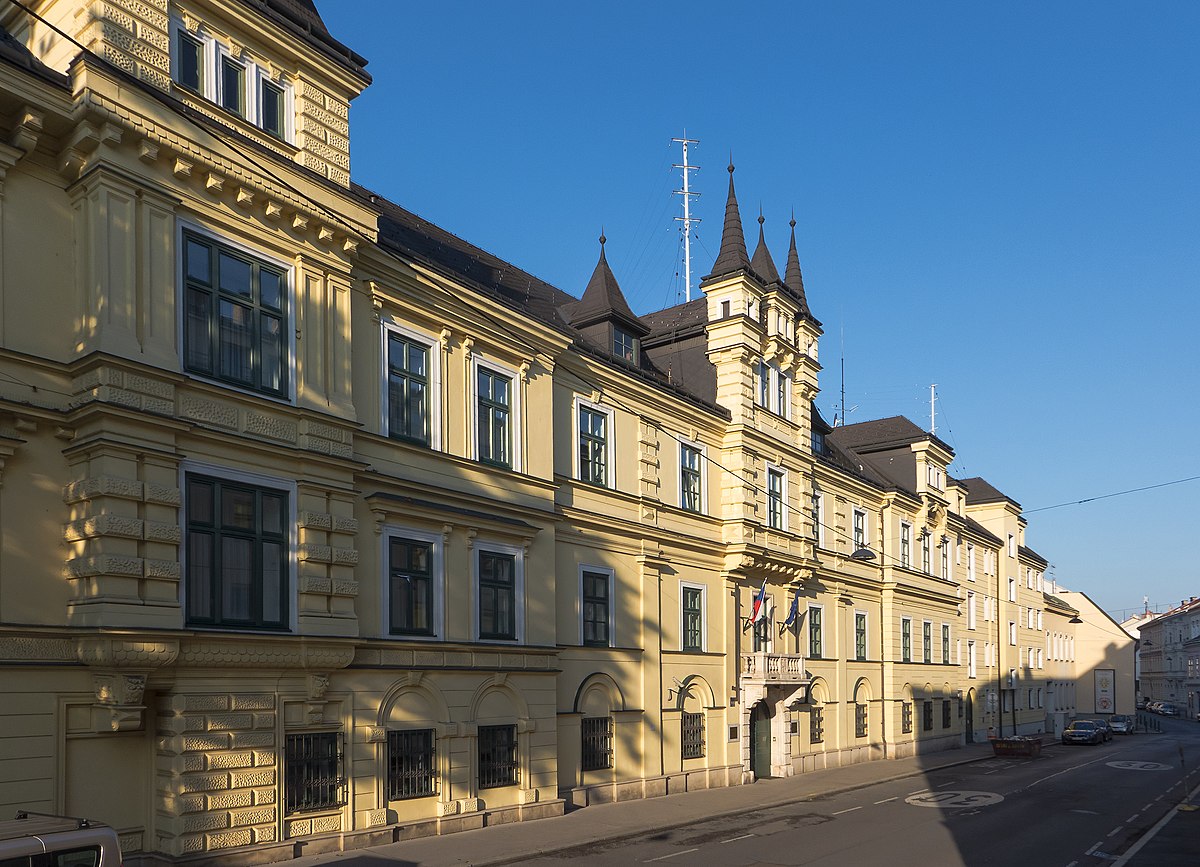Sponsored Content
Everything You Always Wanted to Know About the Czech Embassy Building in Vienna
The Czech Embassy building in Vienna has a rich history dating back to the 19th century. Read the captivating story of this beautiful building.
 The Czech Embassy in Vienna at Penzinger Straße 11-13. / Picture: © Wikimedia Commons, Gugerell, CC0
The Czech Embassy in Vienna at Penzinger Straße 11-13. / Picture: © Wikimedia Commons, Gugerell, CC0
The Czech Embassy in Vienna resides in Palais Cumberland in the west of Vienna. The Palais is a beautiful building that regularly captivates visitors. The building is bursting with surprises and has an extensive history.
Penzinger Strasse itself, where the property is located, has always been an important part of the road network that brought visitors to Vienna from all over…
or Log In
Fast News Search





